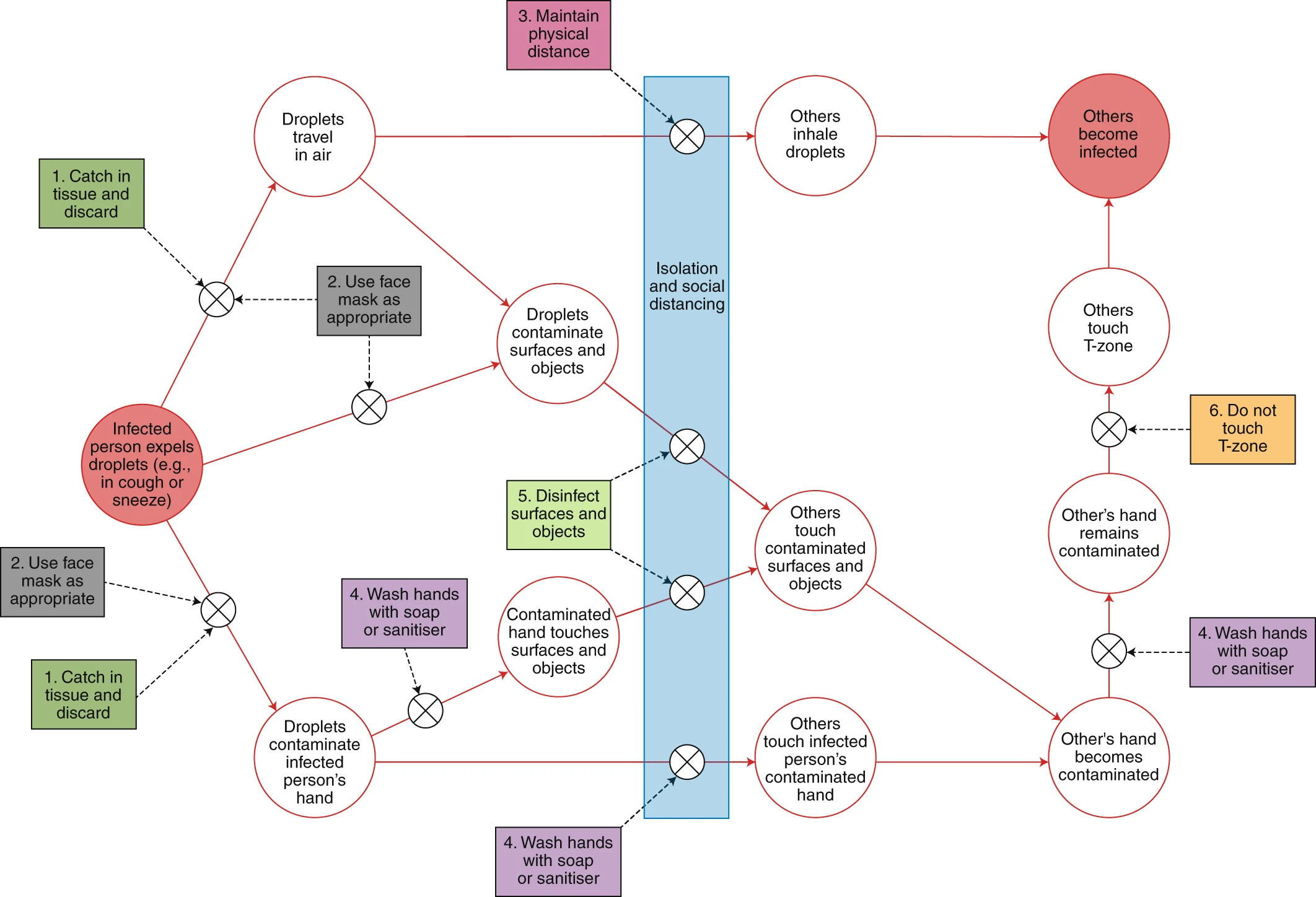nature | Human behaviour is central to transmission of SARS-Cov-2, the virus that
causes COVID-19, and changing behaviour is crucial to preventing
transmission in the absence of pharmaceutical interventions. Isolation
and social distancing measures, including edicts to stay at home, have
been brought into place across the globe to reduce transmission of the
virus, but at a huge cost to individuals and society. In addition to
these measures, we urgently need effective interventions to increase
adherence to behaviours that individuals in communities can enact to
protect themselves and others: use of tissues to catch expelled droplets
from coughs or sneezes, use of face masks as appropriate, hand-washing
on all occasions when required, disinfecting objects and surfaces,
physical distancing, and not touching one’s eyes, nose or mouth. There
is an urgent need for direct evidence to inform development of such
interventions, but it is possible to make a start by applying
behavioural science methods and models.
In addition to industrial aerosolizing flush toilets
https://waterandhealth.org/
Here is a study on an early transmission site in
China, where incidents of infection seem to correlate to ventilated air
flow in a restaurant: COVID-19 Outbreak Associated with Air Conditioning in Restaurant, Guangzhou, China, 2020
https://wwwnc.cdc.gov/eid/
This illustration helps to visualize this: https://wwwnc.cdc.gov/
From the article: “In both buses and conference
rooms, central air-conditioners were in indoor re-circulation mode.”
Untreated recirculated air bearing virus-laden droplets may lead to
repeated exposure and increase concentration of virions
in individuals.
66% of hospitalized New Yorkers had no travel or contact with external 3rd
parties, i.e., they were self-quarantined. What they had in common was
that they were apartment dwellers living in comparatively high density
with shared
spaces and a shared plumbing system.
Their behavior was of no consequence WHATSOEVER when it came to mitigating or limiting their exposure to the SARS-Cov2 pathogen, aerosolized via plumbing and concentrated and recirculated via air conditioning.


0 comments:
Post a Comment